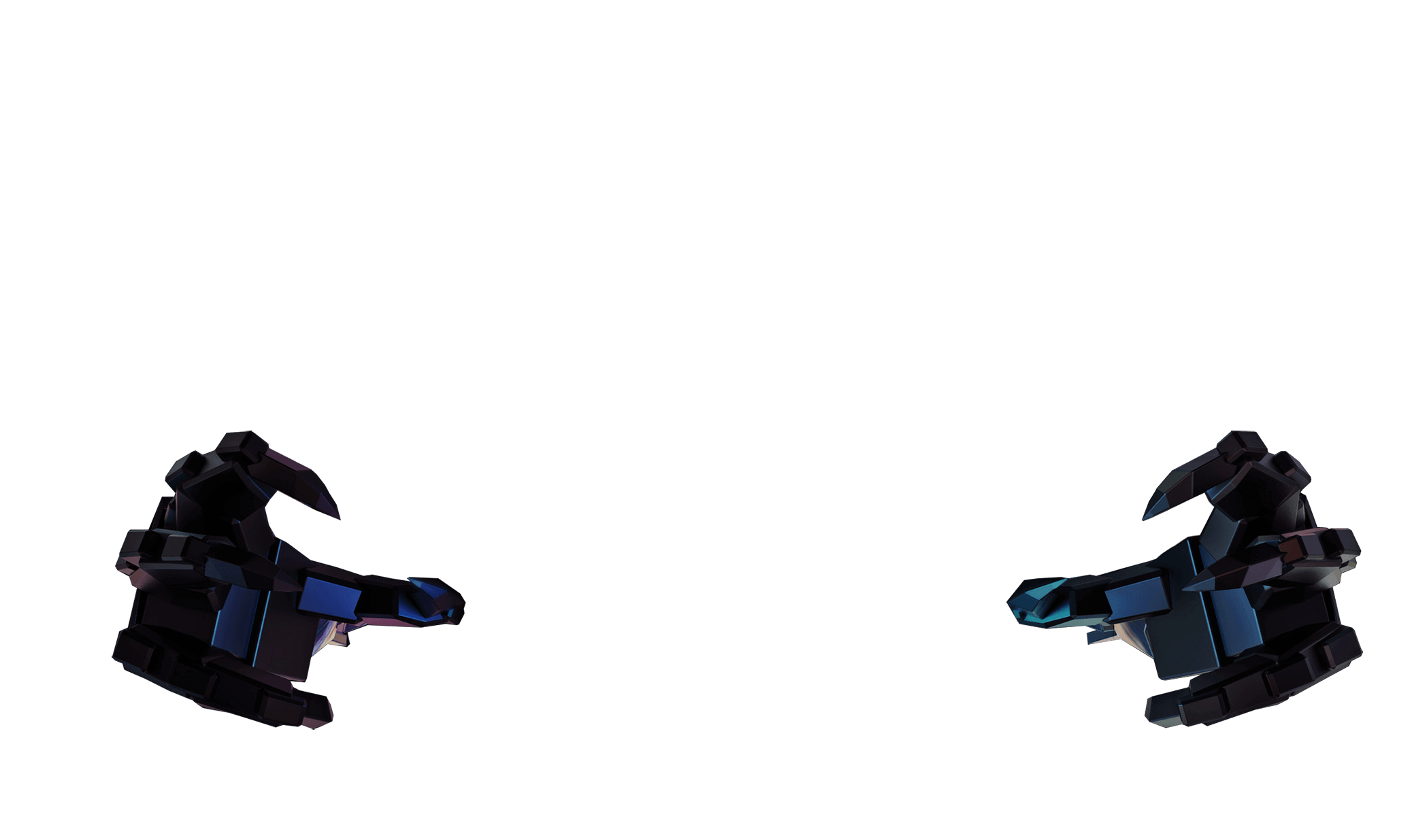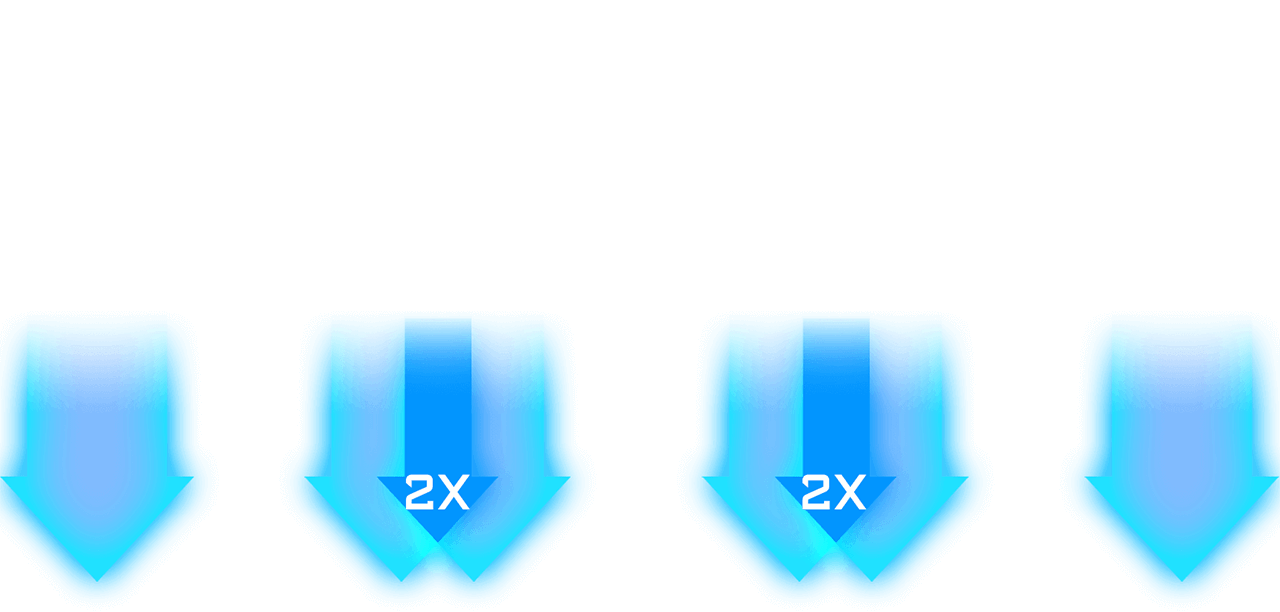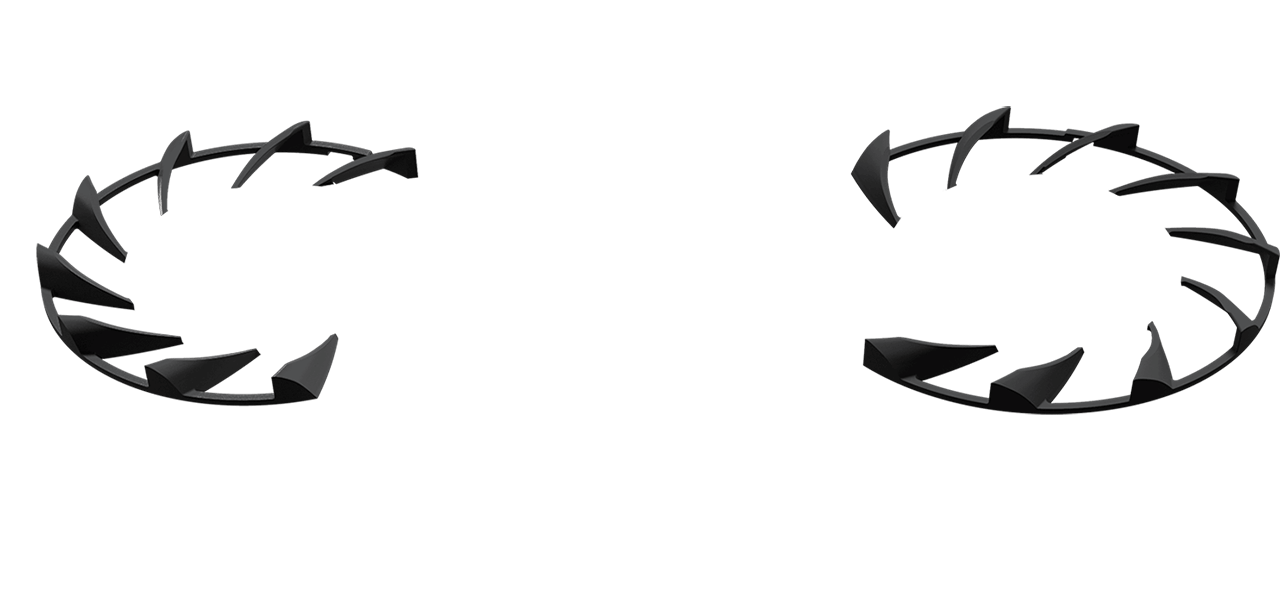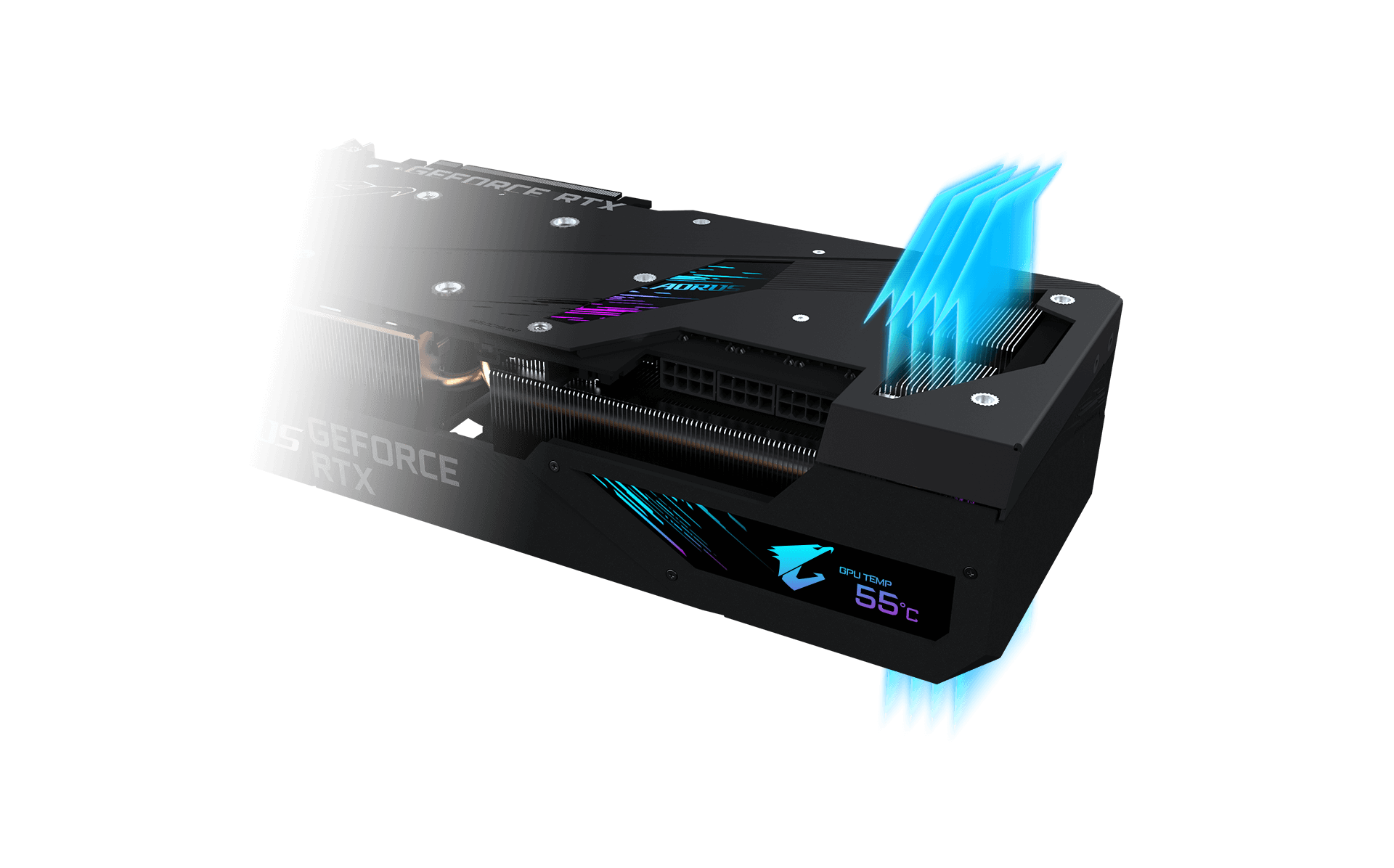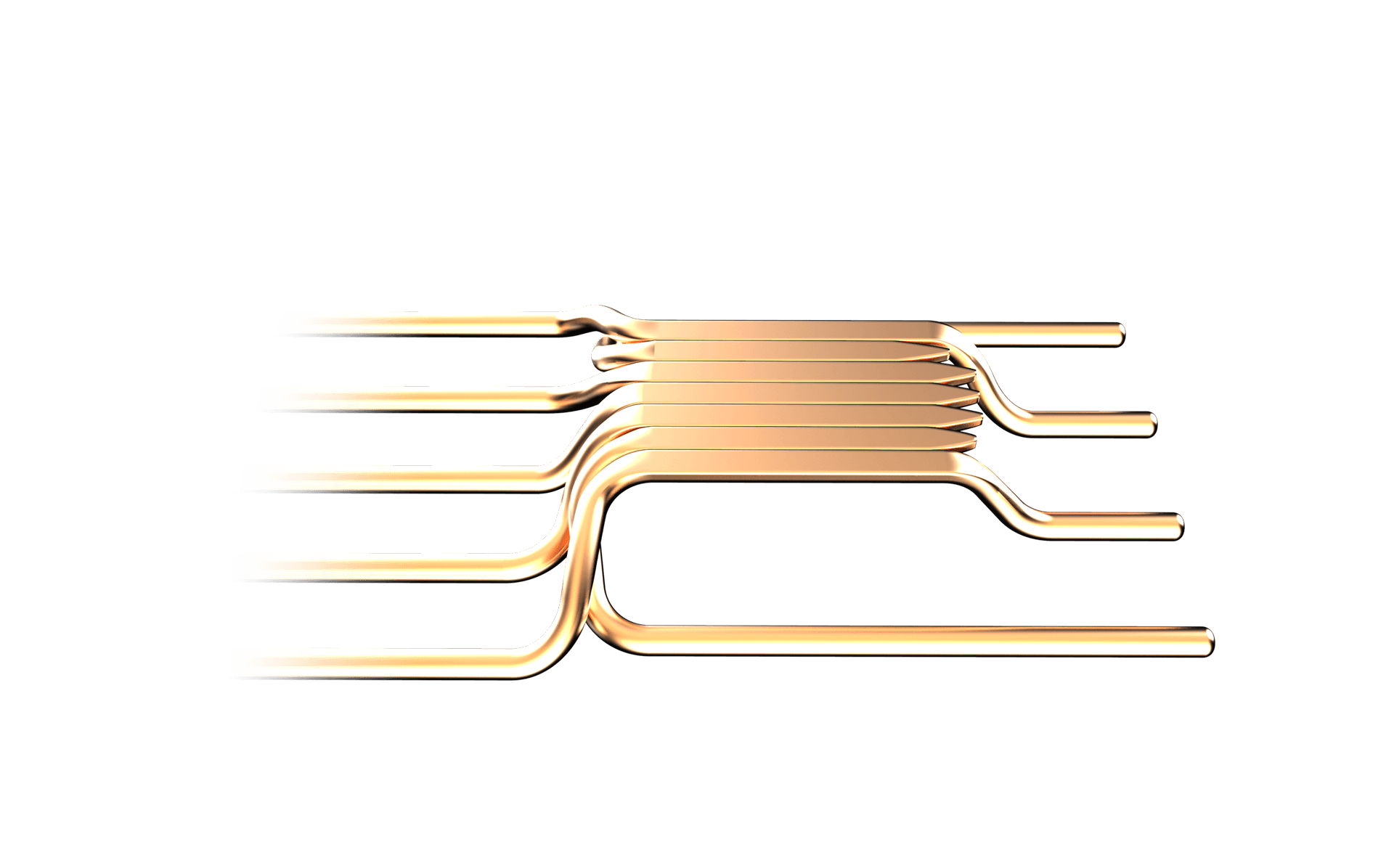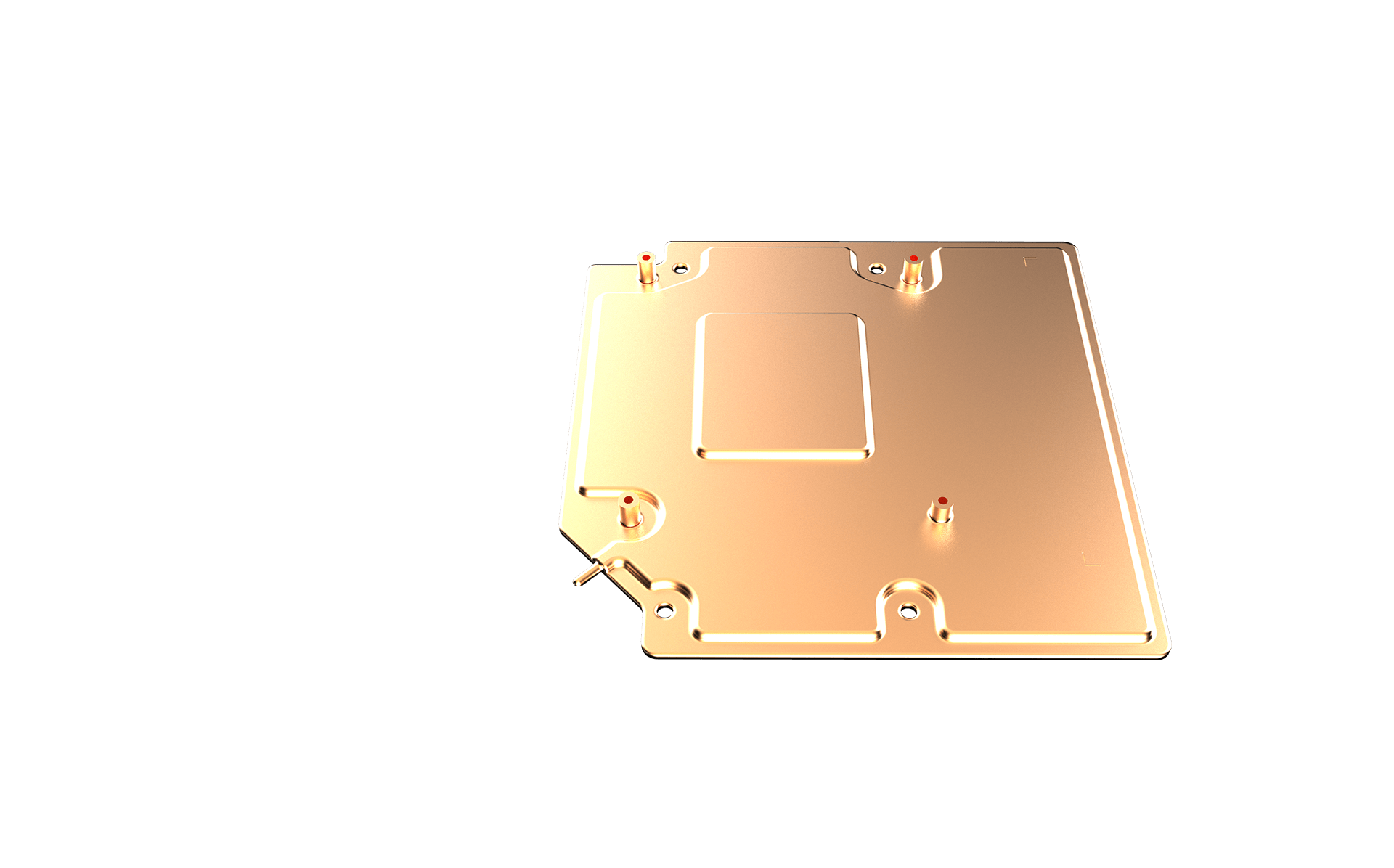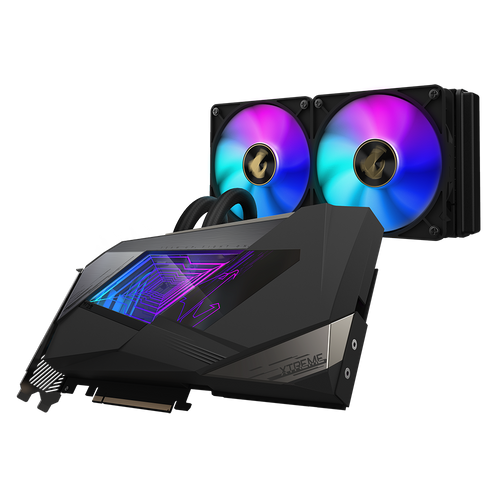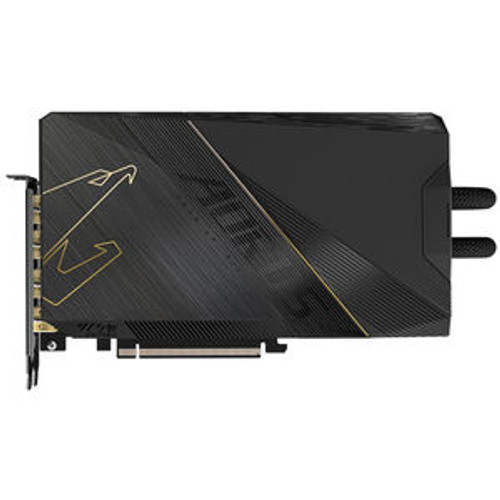
MAX-COVERED COOLING
The Max-Covered cooling features 2x 115mm and 1x 100mm unique blade stack fans with wind claw design and alternate spinning, so the air pressure can completely cover the heatsink.
Watch Video


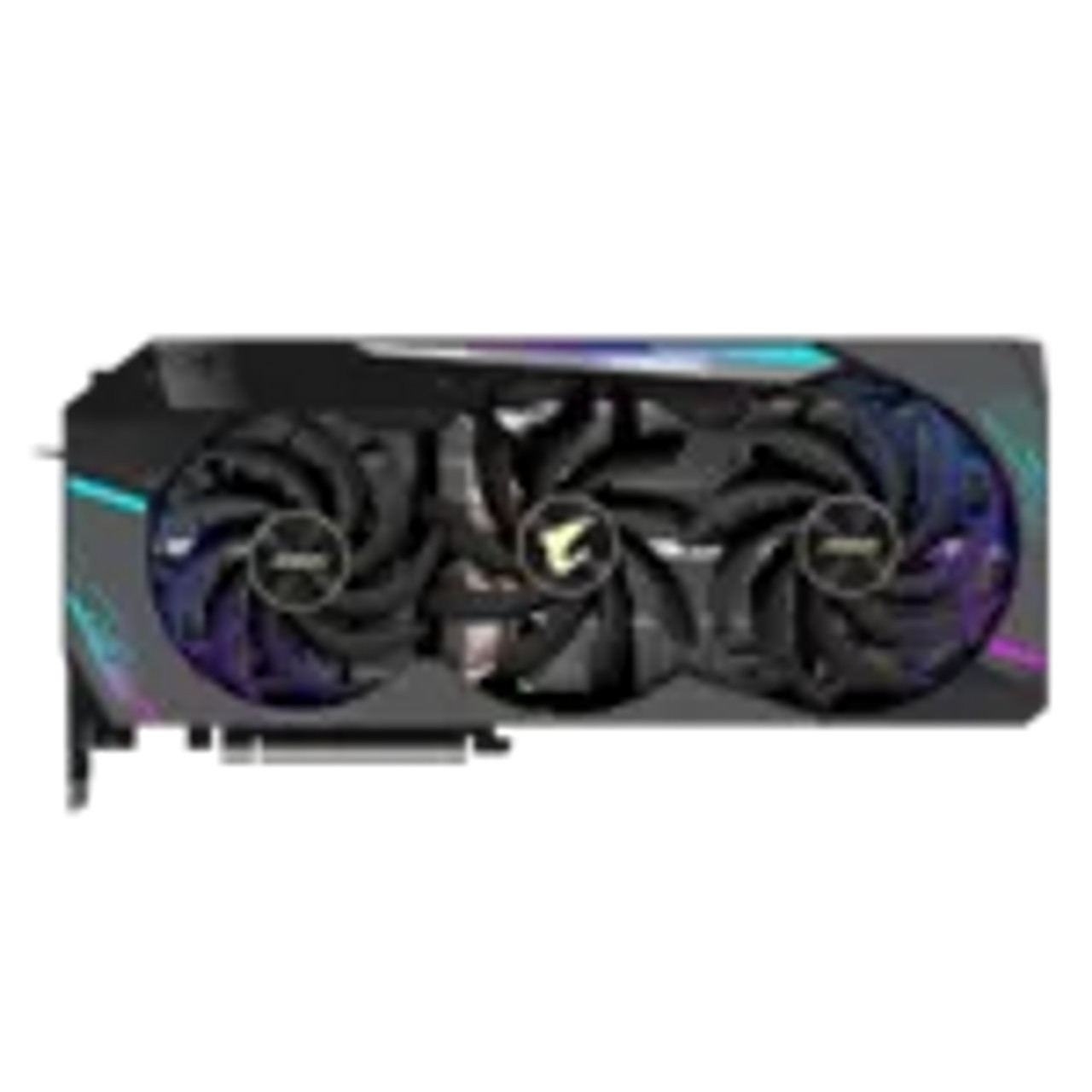
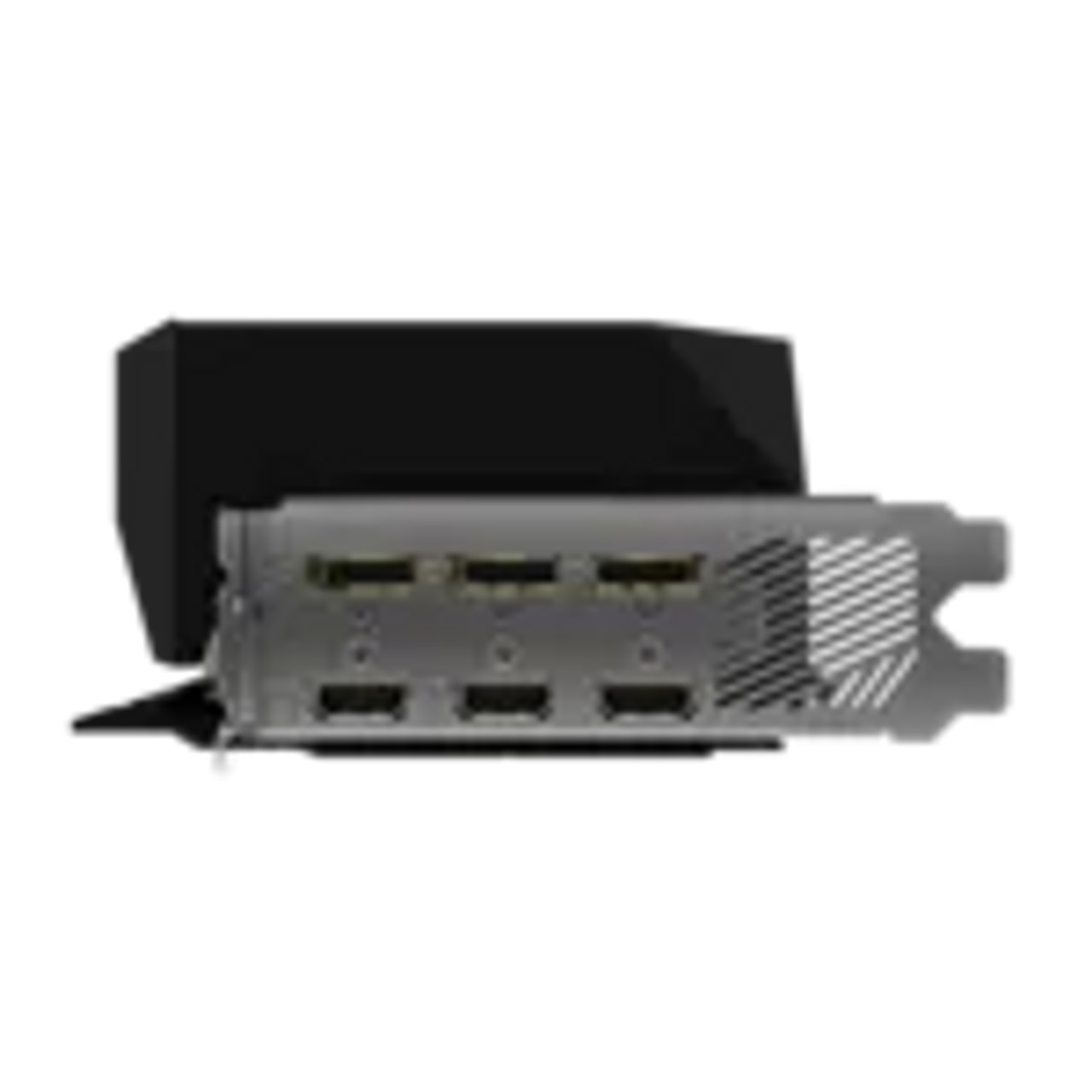




NVIDIA Ampere Streaming Multiprocessors
2nd Generation RT Cores
3rd Generation Tensor Cores
Powered by GeForce RTX™ 3090
Integrated with 24GB GDDR6X 384-bit memory interface
MAX-COVERED cooling
LCD Edge View
RGB Fusion 2.0
6 video outputs
Protection metal back plate
4 years warranty (Online registration required)
1860 MHz (Reference Card: 1695 MHz)




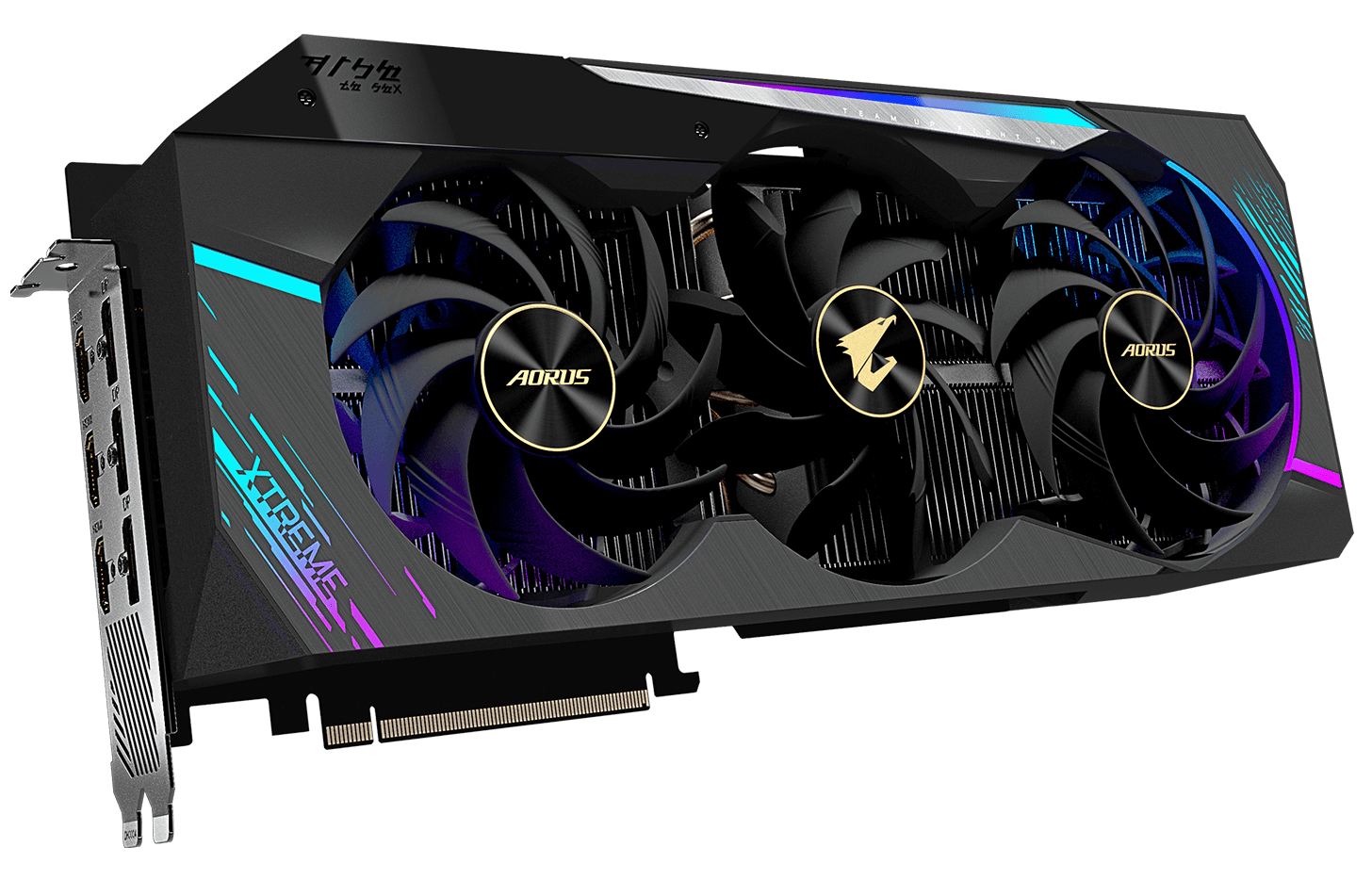

The all-new NVIDIA Ampere architecture delivers the ultimate play, featuring advanced 2nd generation Ray Tracing Cores and 3rd generation Tensor Cores with greater throughput.
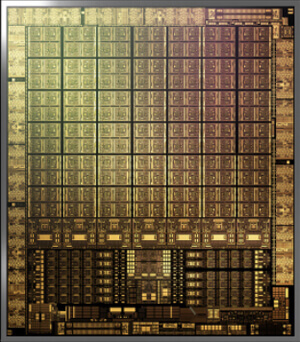

Developers can now add even more amazing graphics effects to Microsoft Windows-based PC games. GeForce RTX graphics cards deliver advanced DX12 features like ray tracing and variable rate shading, bringing games to life with ultra-realistic visual effects and faster frame rates.


In the AORUS dimension, everything is constructed digitally. The lighting and patterns are mapped onto the products with an efficient, free flowing style.
Welcome to the Digital Code Era.


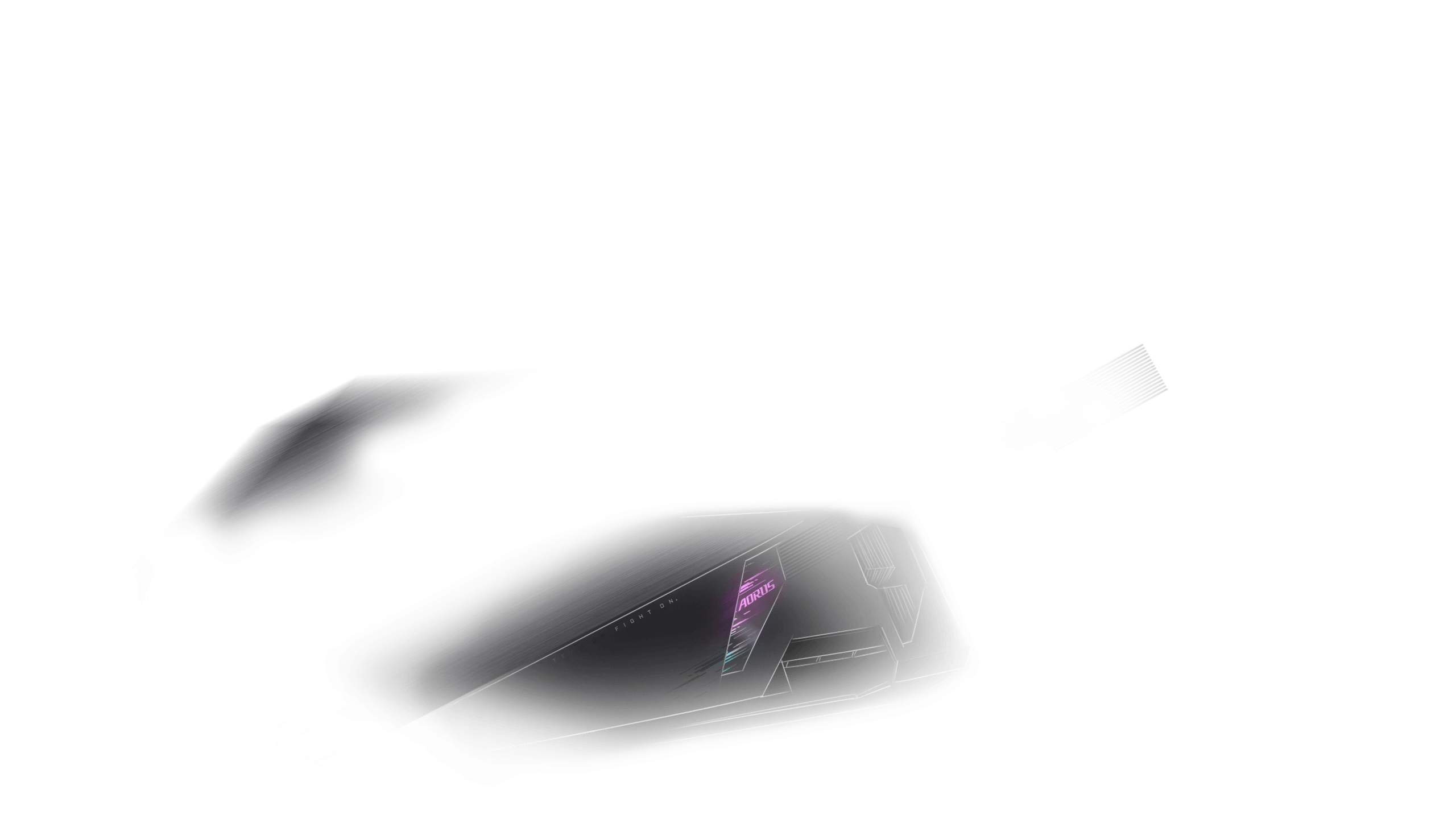
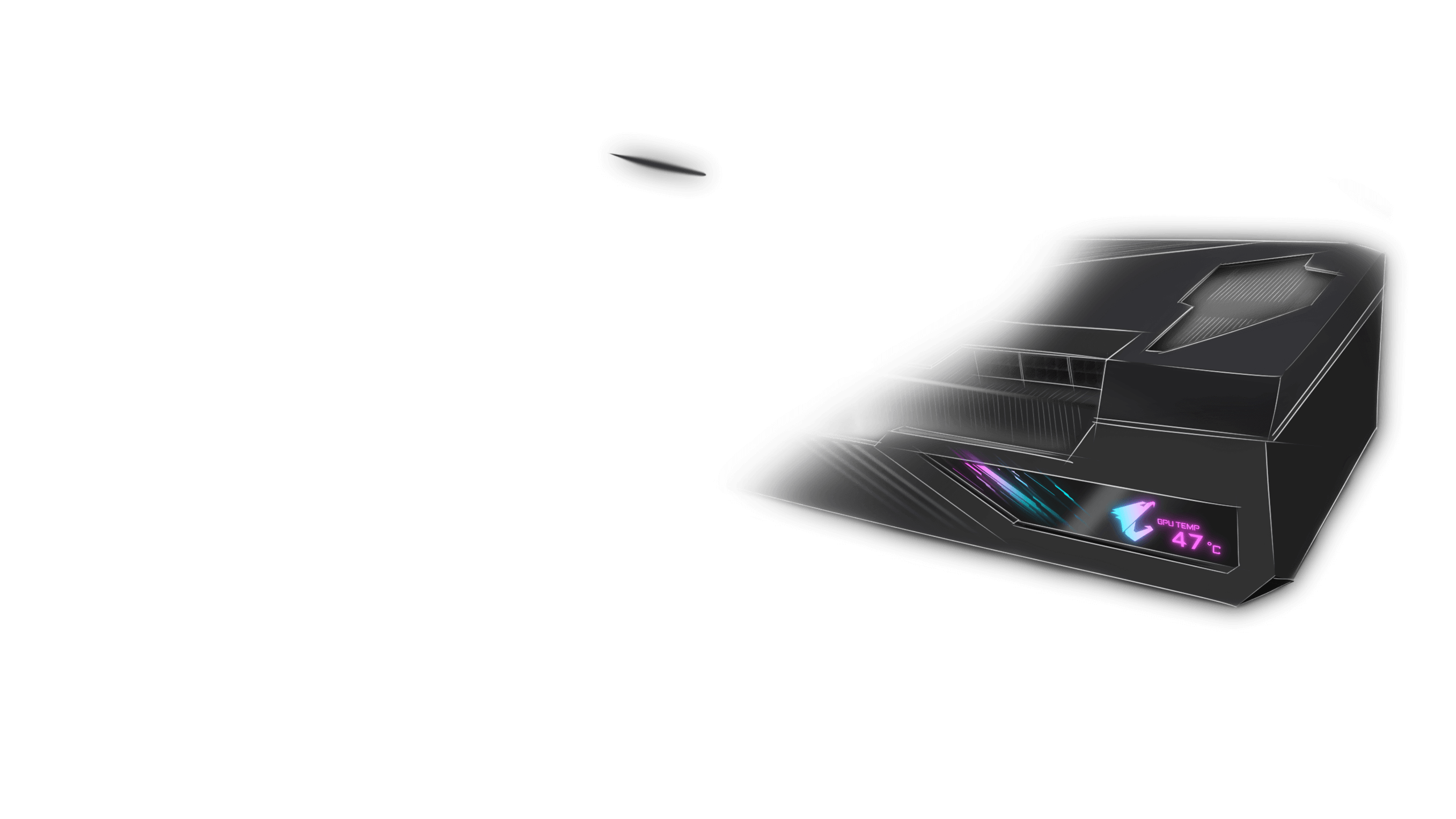
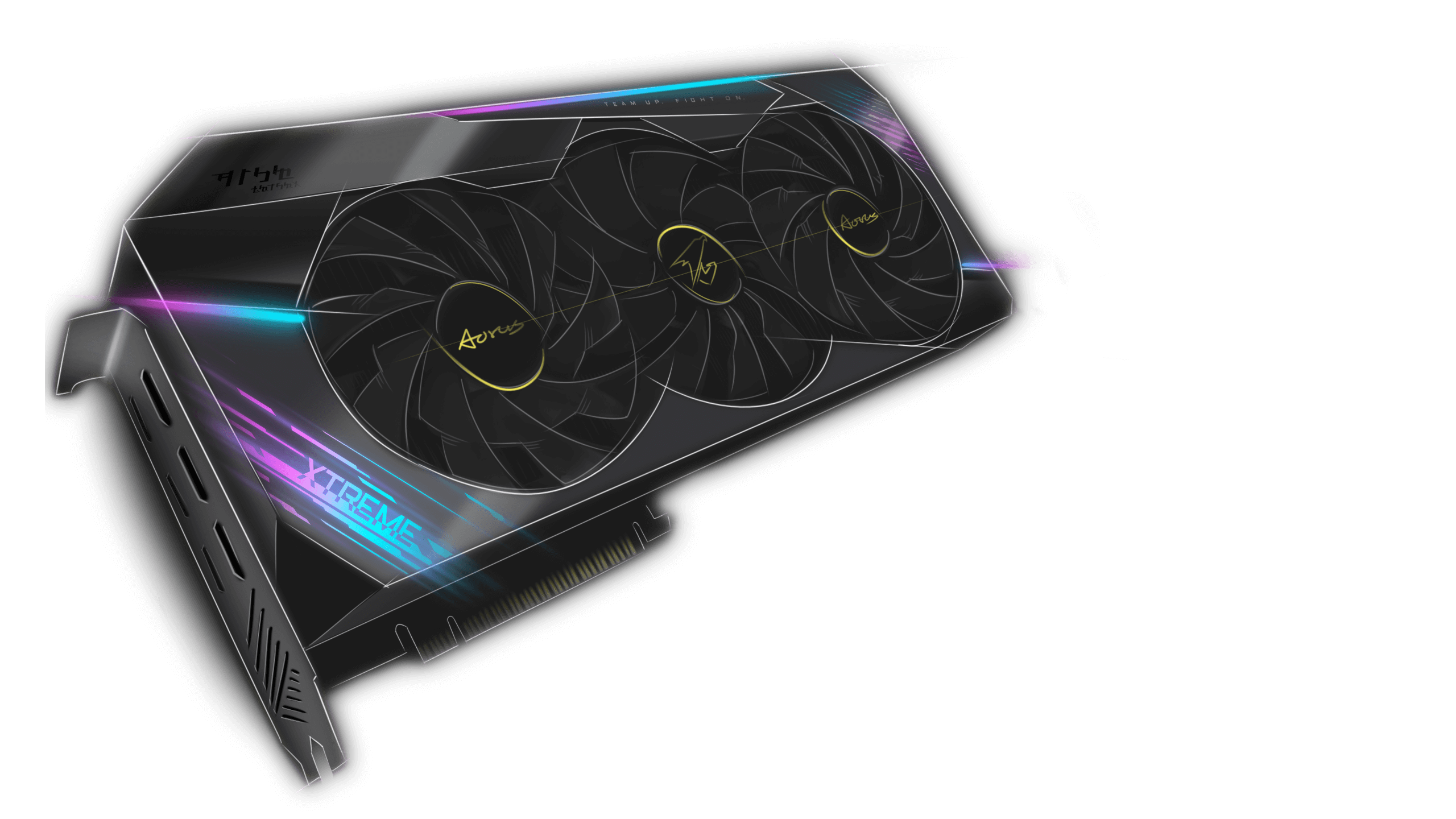

The Max-Covered cooling features 2x 115mm and 1x 100mm unique blade stack fans with wind claw design and alternate spinning, so the air pressure can completely cover the heatsink.
Watch Video
The airflow is spilt by the triangular fan edge, and guided smoothly through the 3D stripe curve on the fan surface.
Reinforce and channel the airflow to completely cover the heat sink.
Reduce the turbulence of adjacent fans and increase air pressure.
Extended heatsink design allows air flow to pass through, providing better heat dissipation.
With direct contact to the GPU and VRAM, the large copper plate combines the composite heat pipes to efficiently transfer heat generated from the interior cores to the heat sink.
The angular and unequal fins height can channel the airflow through the fins and enlarge the contact surface.


